WORMS IN YOUR COFFEE ❤️❤️
- kradiganscience24
- Jul 28
- 3 min read
Tavishi
I have a strange, unexplainable fascination with parasitology. It's a weird crossover episode between mammals and entomology and pathology and it's so cool! I also really like little drinky drinks (see: me pulling up to the cafe every 2 seconds)...

(This is a cafe recommendation: Well Coffee Co. is SO GOOD!!!) This post is nontrivially niche, because I'm focusing on my favorite seal parasites and what drinks they'd get from a cafe based off their personality. (Do roundworms have personalities? Probably not but I say they do.) Starting off strong with Uncinaria sanguinis! U. sanguinis is a roundworm affecting the small intestine, primarily found within the small intestine. U. sanguinis is a parasite of the Australian sea lion, and was the parasite that got me into parasitology. 100% of Australian sea lion pups are infected with U. sanguinis, causing a 30-40% mortality rate. Infection is transmitted via eggs in poop, either dermally or orally (translated: sea lion eat shit).

Because U. sanguinis is found in Australian sea lions and Southern fur seals (localized to Oceania), I predict the worm would have Australian taste buds. Thus, because Australians drink the sweet abomination called fairy bread (who the hell eats bread with butter and sprinkles other than a 5 year old.), U. sanguinis would probably get something ridiculously sugary, too, like a Starbucks frappucino.
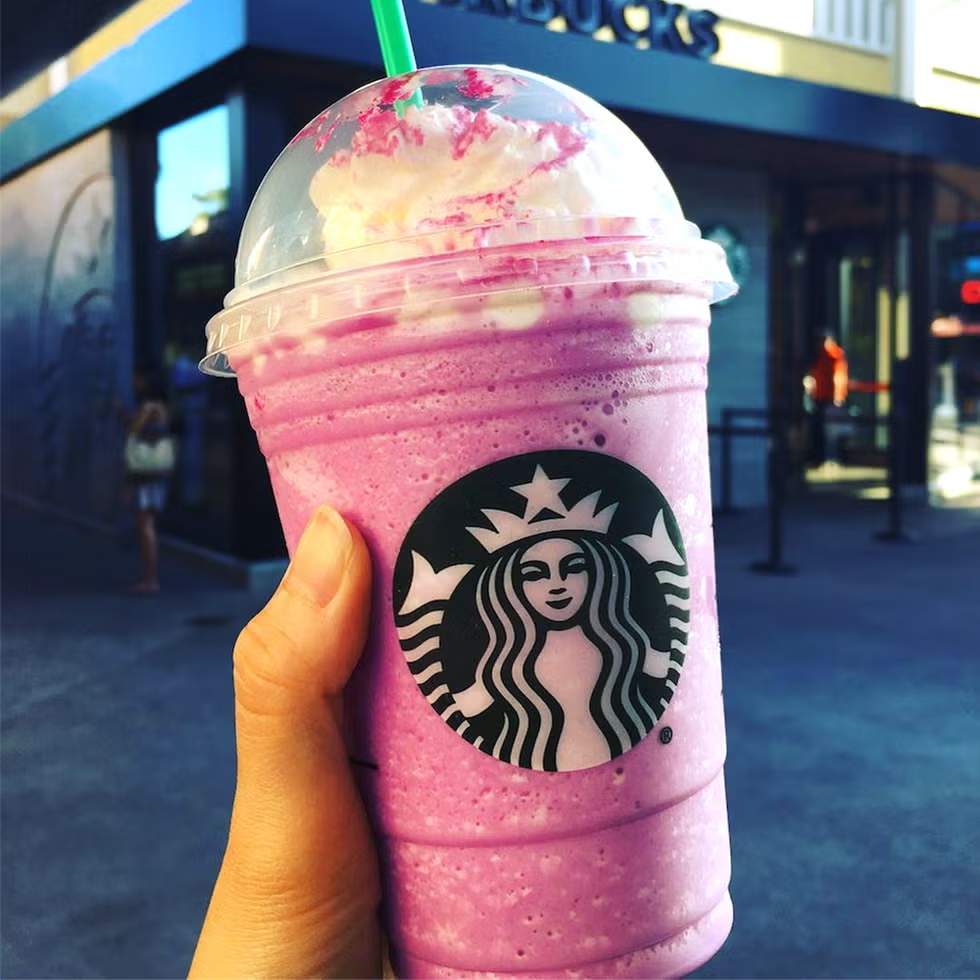
Next, Toxoplasma gondii, or the protozoan parasite that causes toxoplasmosis. T. gondii is generally associated with cats, because that's where the organisms reproduce. However, they can infect any other mammal. Similar to U. sanguinis, T. gondii is also transmitted via secondary oocysts in feces. Pinnipeds are infected usually because of ingestion of infected feces, brought into water from sewage runoff.

T. gondii is most prevalent among pinnipeds in the Hawaiian monk seal, or Neomonachus schauinslandi. The Hawaiian monk seal is one of two extant monk seal species, and has an extinct cousin, the Caribbean monk seal.
I think T. gondii would not like a milky drink, but they'd probably get something like an iced black tea.

Anisakis is a genus of parasitic roundworms affecting marine animals. Eggs of Anisakis hatch in the ocean, and mature to L2 larvae before being consumed by an unsuspecting fish.

After being consumed, the larvae mature to L3, and eventually, the hosts of the larvae are eaten by marine mammals like pinnipeds. Anisakis infects both marine mammals and humans.
One of the pinnipeds infected by Anisakis is the ribbon seal, or Histriophoca fasciata. The ribbon seal is only found in the Arctic, and is a rather elusive find. They're known for their characteristic white band creating "rings" throughout the seal.
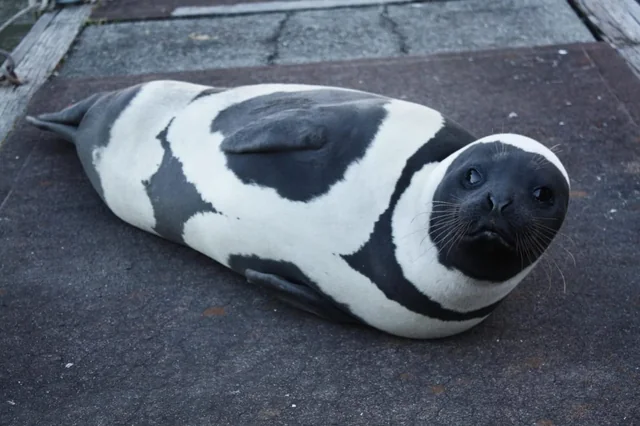
Because Anisakis spp. are so industrious in infecting others, going so far as to trick fish into eating them, I'm convinced they get an iced latte just like any other baddie who's on her grind. They probably get something fruity in the drink, like blueberry or blackberry.
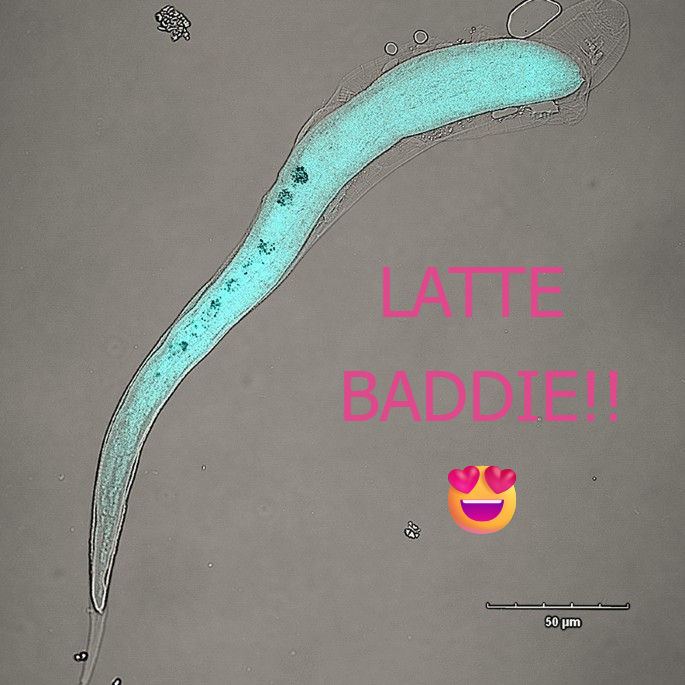
Next, Antarctophthirus microchir, a seal louse affecting many, many species of pinnipeds, but primarily otariids, or sea lions and fur seals. Eggs are laid on little pups, and they mature before the pups truly start entering the water. When the lice are mature, they are able to survive submersion and diving while still sucking the blood of my sea lions.
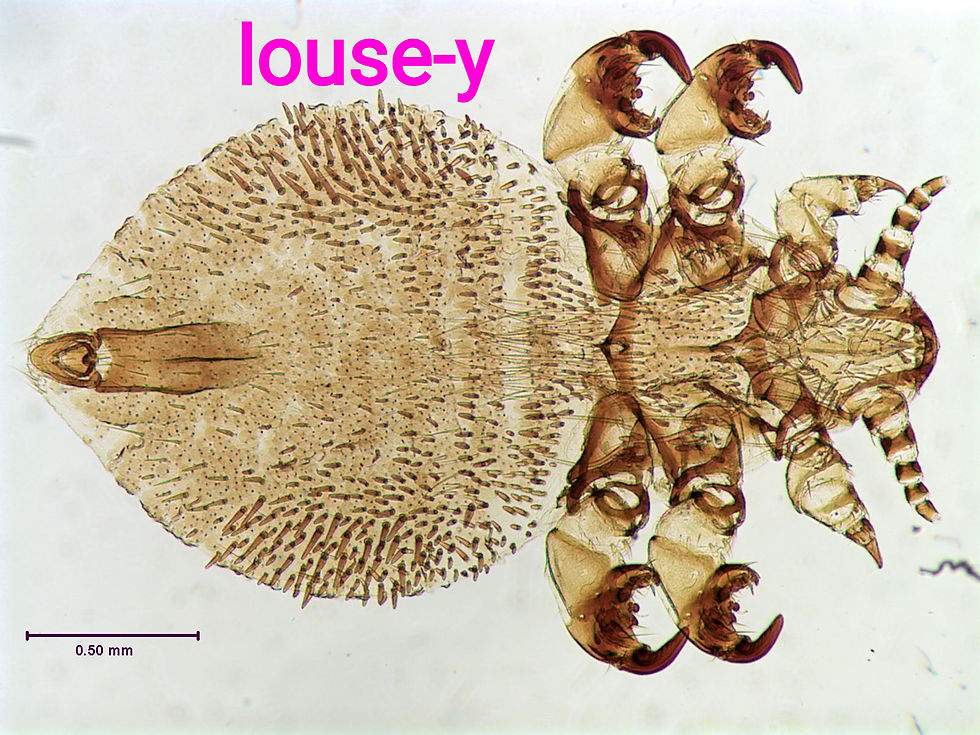
Because they are so resistant to diving, I also assume they can tolerate a strong drink, which is why I think A. microchir would order a hot black coffee and promptly chug it.


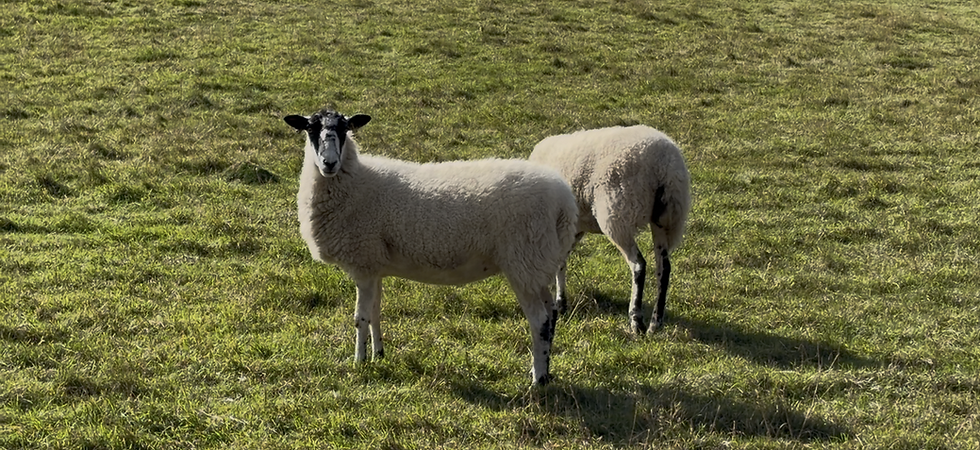

Comments